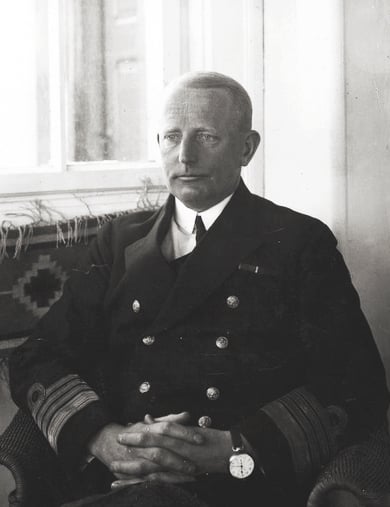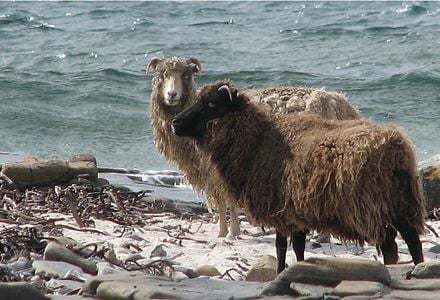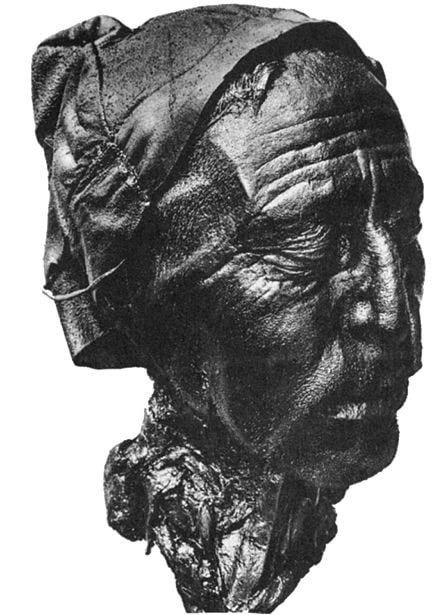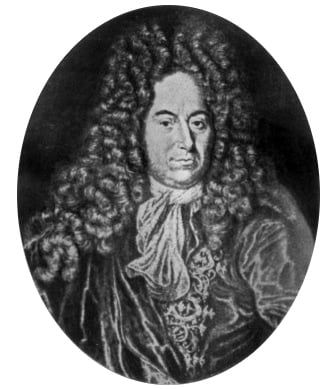On the night that MTV launched, the opening sequence for the network featured footage of the Apollo 11 launch, simply because it was public domain and free to use. It was that opening sequence that connected MTVs image with astronauts, including the Video Music Award “moon man” trophy.
Ever Wondered Why The VMA Statue Is A Moonman? The creator of the iconic trophy speaks to MTV News about the history of the Moonman The Academy Awards has a slim gold “Oscar” figure. The Emmys has a winged woman hoisting an atom. The Golden Globes has a… well… golden globe. And the MTV Video […]









